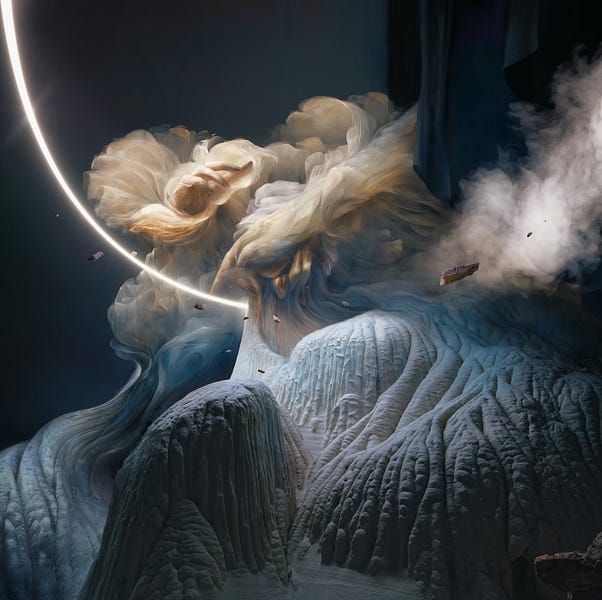In a world rapidly embracing the digital revolution, there's one sector that has particularly grabbed the headlines - Non-Fungible Tokens, or NFTs. These digital assets, identifiable as unique entities on the blockchain, have become a transformative force in the global art market. According to a recent report by Nonfungible.com, in collaboration with research firm L'Atelier, NFTs accounted for 16% of the global art market by value in 2021.
The Billion-Dollar Shift to Crypto Art
The report reveals that a staggering $2.8 billion was spent on crypto art in 2021, compared to $14.6 billion on traditional art. This shift signifies the digital metamorphosis taking place in the art industry, where the lines between the physical and digital worlds are blurring. Of this $2.8 billion, around $2.5 billion was funneled through the Ethereum network, including a massive $1.3 billion from the generative art platform Art Blocks.
It's worth noting that the report did not include NFT transactions conducted on alternative blockchains such as Solana and Tezos. This indicates that the actual figures could be even more staggering when considering the broader blockchain landscape.
Traditional Auction Houses Embrace the NFT Wave
A significant development in the NFT space has been the adoption by traditional auction houses, with Christie's, Sotheby's, and Phillips collectively pulling in $256 million from crypto art sales. This demonstrates a remarkable intersection between the conventional art market and the burgeoning NFT sector.
The Rise of the Crypto Art Collector
The report also highlighted the increase in the number of art NFT collectors, which grew to over 212,500. Remarkably, almost 150,000 of these had active wallets when the report was compiled.
More than 3,500 artists created over 427,000 new NFTs in 2021, bringing the total number of art NFTs to over 1.6 million. The average holding period for an art NFT was 33.3 days, with an average sale price of $3,282.
Looking Forward
While 2021 was a breakout year for NFTs, 2022 has not seen such radical results. There may have been fewer buyers and sales, and a decrease in interest in collectibles, but the overall market value remains high, and some asset values are still increasing. It's a significant digital transformation that's redefining the art industry, and it's here to stay. The coming years promise to be an exciting time as we continue to witness and understand the full potential of NFTs in the global art market.
Update: twitter.com/tsalikhov


